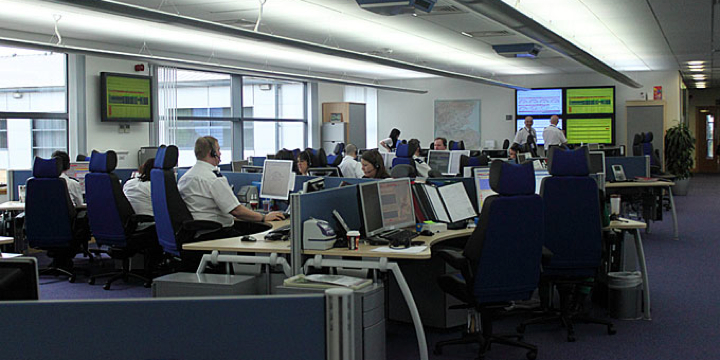Anatomy of a 999 call – getting to CPR

Untreated ventricular fibrillation is lethal, a patient’s probability of survival ebbing away at around 10% per minute.
Bystander CPR is key initial link in the chain of survival and will buy time until a life-saving defibrillatory shock can be delivered. The interactions between the 999 call-maker and the ambulance service call-taker influence the time taken for this initial CPR to begin. There is great variability in the time taken up by call-maker/call-taker interaction prior to CPR starting and we wanted to know why this is the case, and how we could minimise this time.
RRG enlisted the help of Professor Holly Branigan (Chair in Psychology of Language and Cognition) and Dr Ellen Bard (Reader in Psychology and Linguistics) at the University of Edinburgh. Scott James – medical student member of the RRG – began by transcribing the audio recordings of fifty non-trauma, adult cardiac arrest calls and mapped them onto the key stages of the AMPDS dispatch protocol. We identified two stages where the calls commonly become ‘trapped’ – determining whether the patient was breathing and attempting to move the patient onto a hard surface. Current work is focussed on dissecting the reasons for this, and developing solutions.
Read the paper published in Resuscitation here: http://www.resuscitationjournal.com/article/S0300-9572(13)00451-6/fulltext
